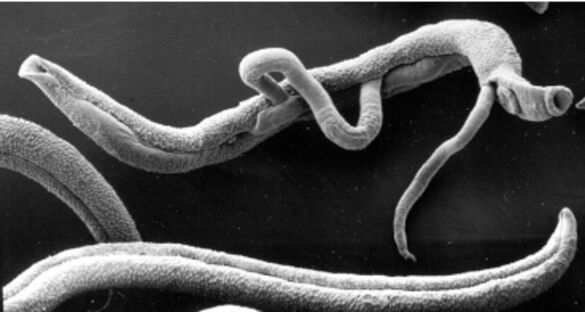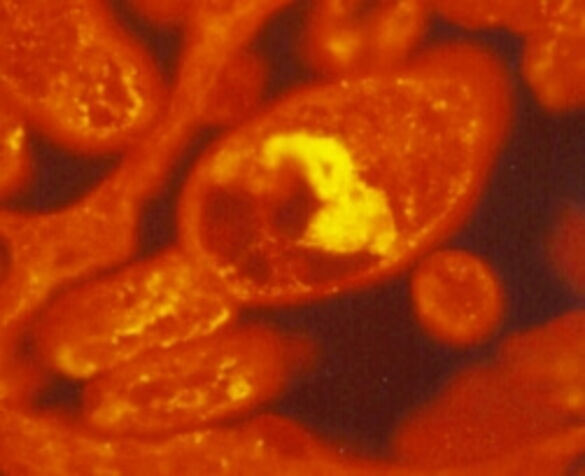-
Working Groups
- Climate Change and Health Intervention
- Climate Change, Nutrition and Health
- Climate Change, Migration and Health
- Heidelberg Planetary Health Hub (Hei-Planet)
- Climate-smart Health Systems
- Closing pandemic health gaps
- Design and implementation research in global health
- Digital Global Health
- Disease Control in Disadvantaged Populations
- Epidemiology and Biostatistics
- Epidemiology of Transition
- FAIR and ethical data and sample reuse
- Field Epidemiology Research in German Public Health
- Global Child Health
- Global Health and Economics Research Group
- Global Health Diagnostics
- Global Health Policies and Systems
- Health Economics and Health Financing
- Health Policy and Integrated Knowledge Translation
- Implementation research for prevention and disease control
- Injury Epidemiology and Prevention
- Mathematical Modelling of Infectious Diseases
- Non-communicable disease (NCD) in LMICs
- Non-Communicable Diseases (NCDs) Implementation Research
- Oral Health
- Planetary Child Health
- Science Communication
- Vector Borne Diseases and Geo Health
Research on schistosomiasis in our department was established some 25 years ago with the aim to contribute through basic research to schistosomiasis control. Our research projects aime for applications in endemic areas, even though we recognize that the application of laboratory research to the benefit of poor populations in endemic areas is neither a rapid-to-solve nor a necessarily successful task. Collaborative work with our partners overseas and in Europe played a vital and stimulating role for our research. We had a long established experimental life cycle for Schistosoma mansoni, the agent for African intestinal schistosomias. In collaboration with our Chinese partners, we also continuously pursue research on S. japonicum, the agent for Asian intestinal schistosomiasis.
Introduction
Schistosomiasis (syn. bilharziasis) is a chronic parasitic disease, one of the most important after malaria. Schistosomiasis is caused by flukes of the genus Schistosoma. These parasites use fresh water snails as intermediate hosts, in which the larvae, which are infective to humans, mature. Conversely, the snails are infected by the larvae hatching from the parasite eggs, which are excreted with the faeces or urines of schistosomiasis patients. The endemic cycle of schistosomiasis transmission depends on the contamination of a given water place with human excreta, the presence in this water of adequate snail species, and the contact of humans with this water by, e.g., washing, playing, fishing. All of these conditions need to occur simultaneously, and this is the case in many (sub)tropical countries.
Control of schistosomiasis is ideally a multi-facetted approach. It includes prevention and chemotherapy of human infections, prevention of snail infections, snail control and public health measures. Although control efforts have been and are considerable in many endemic areas, in others control is difficult or impossible due to financial constraints, poor living conditions, human behaviour, political priorities and due to the strong influence of agricultural development on the generation of snail habitats. The conditions leading to transmission of schistosomiasis vary, however, greatly between countries and schistosome species.

The process of schistosome infection
Schistosomes infect their hosts (incl. humans) percutaneously, i.e. the infective larvae (called cercariae) penetrate the skin. This process of infection is impressively rapid: a few minutes are sufficient for cercariae to disappear in the skin. Cercariae use specific enzyme(s) which are able to digest skin tissue and, thus, facilitate skin penetration. The major enzyme is known as “elastase

Serodiagnosis
Diagnosis of schistosome infections is an essential element of patient management and serological techniques are the favourite tools. In our outpatient department, immunofluorescent tests (IFT) and ELISA are very sensitive and highly specific routine techniques. Serological tests are, however, mostly developed for application in European countries and, by implication, for European travellers. Our research aims to make such tools also available for endemic areas. With this scope we studied the IFT with a serum bank of Chinese patients infected with S. japonicum. They suffered from various stages of the disease, ranging from “acute
-
Working Groups
- Climate Change and Health Intervention
- Climate Change, Nutrition and Health
- Climate Change, Migration and Health
- Heidelberg Planetary Health Hub (Hei-Planet)
- Climate-smart Health Systems
- Closing pandemic health gaps
- Design and implementation research in global health
- Digital Global Health
- Disease Control in Disadvantaged Populations
- Epidemiology and Biostatistics
- Epidemiology of Transition
- FAIR and ethical data and sample reuse
- Field Epidemiology Research in German Public Health
- Global Child Health
- Global Health and Economics Research Group
- Global Health Diagnostics
- Global Health Policies and Systems
- Health Economics and Health Financing
- Health Policy and Integrated Knowledge Translation
- Implementation research for prevention and disease control
- Injury Epidemiology and Prevention
- Mathematical Modelling of Infectious Diseases
- Non-communicable disease (NCD) in LMICs
- Non-Communicable Diseases (NCDs) Implementation Research
- Oral Health
- Planetary Child Health
- Science Communication
- Vector Borne Diseases and Geo Health
